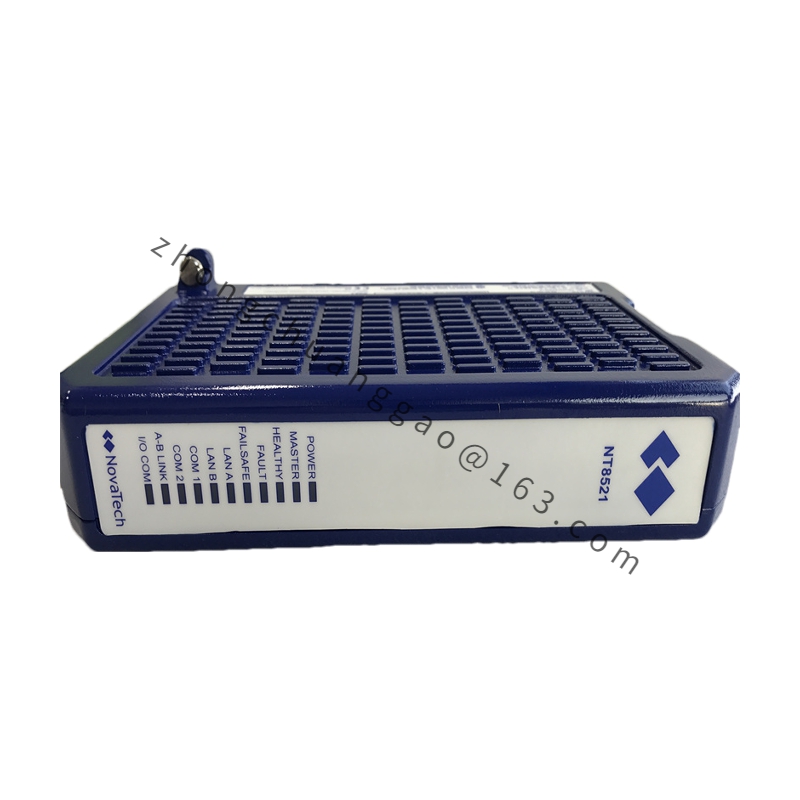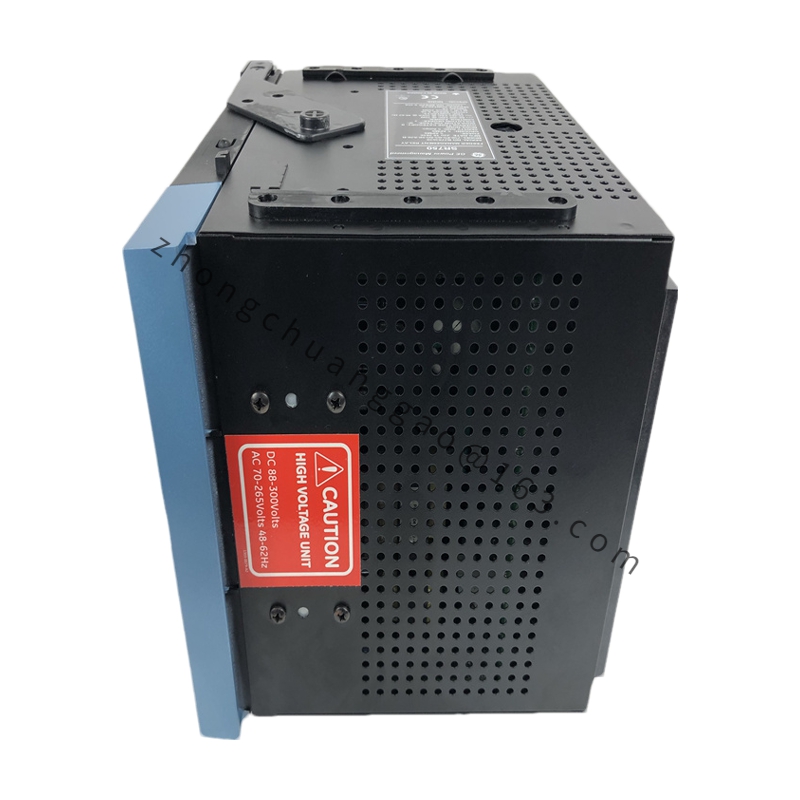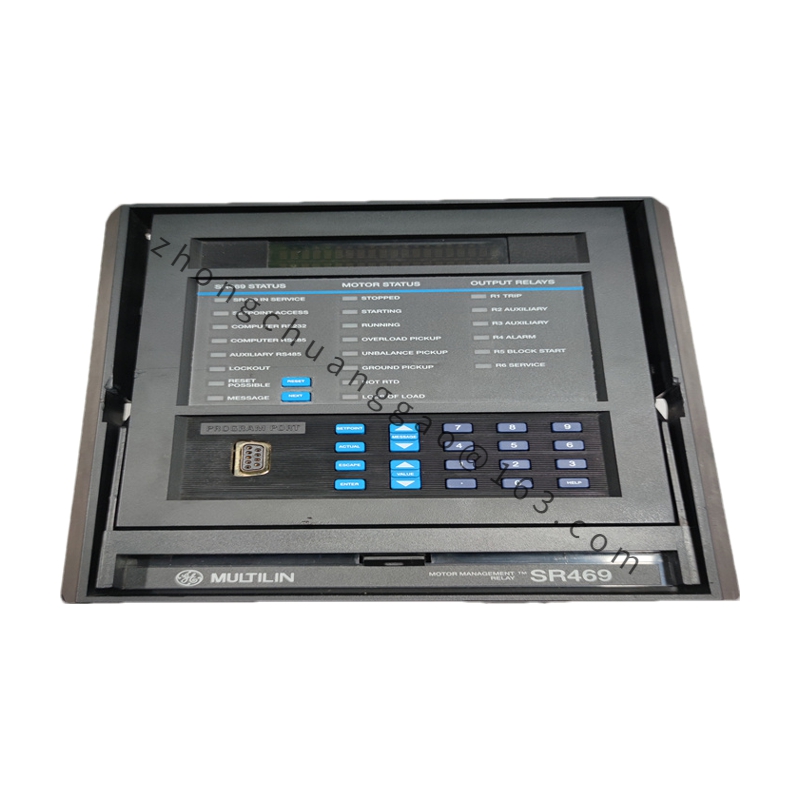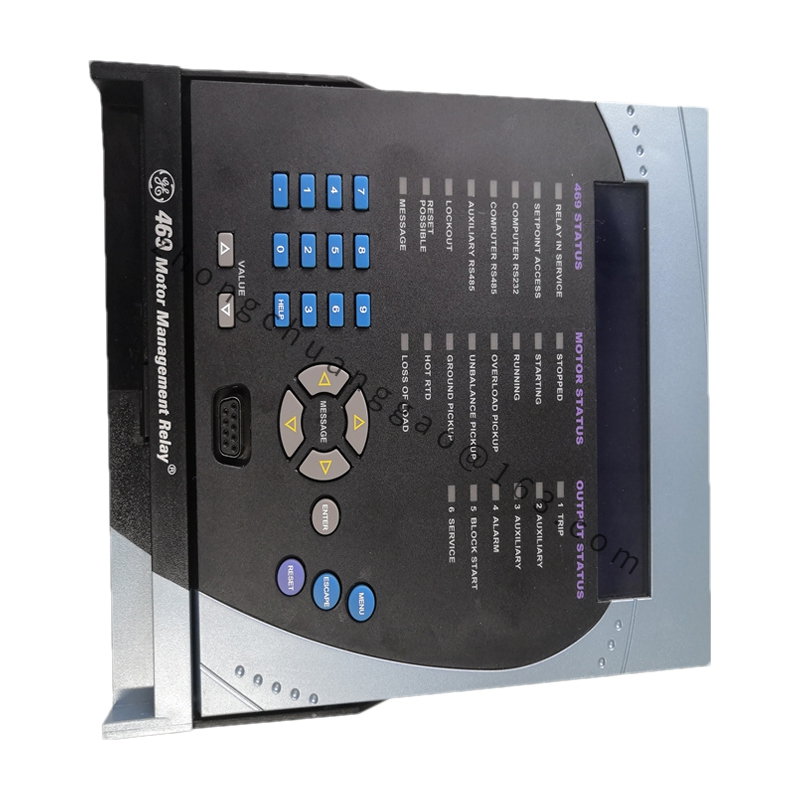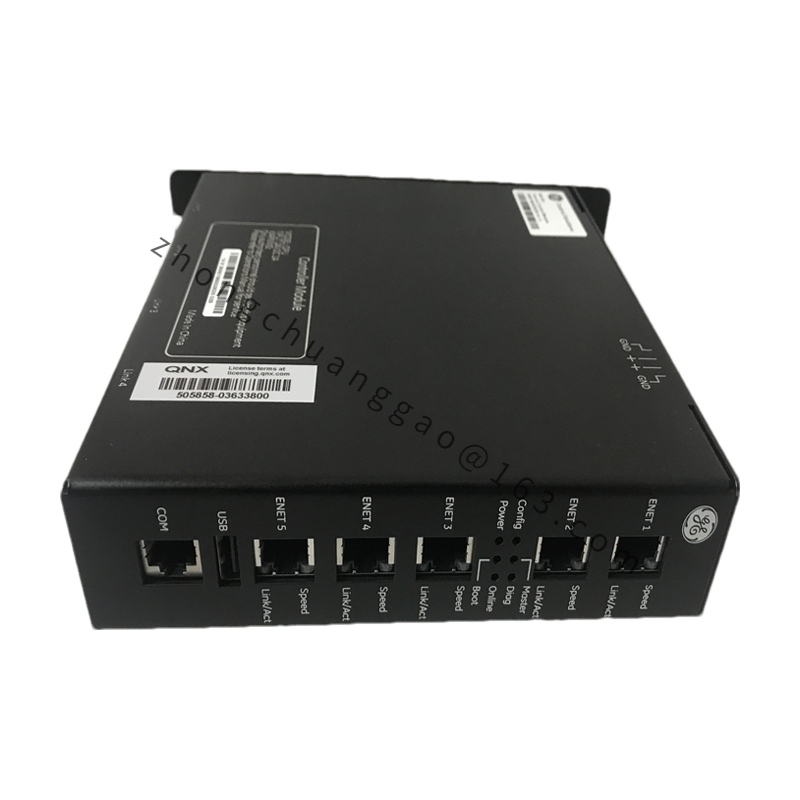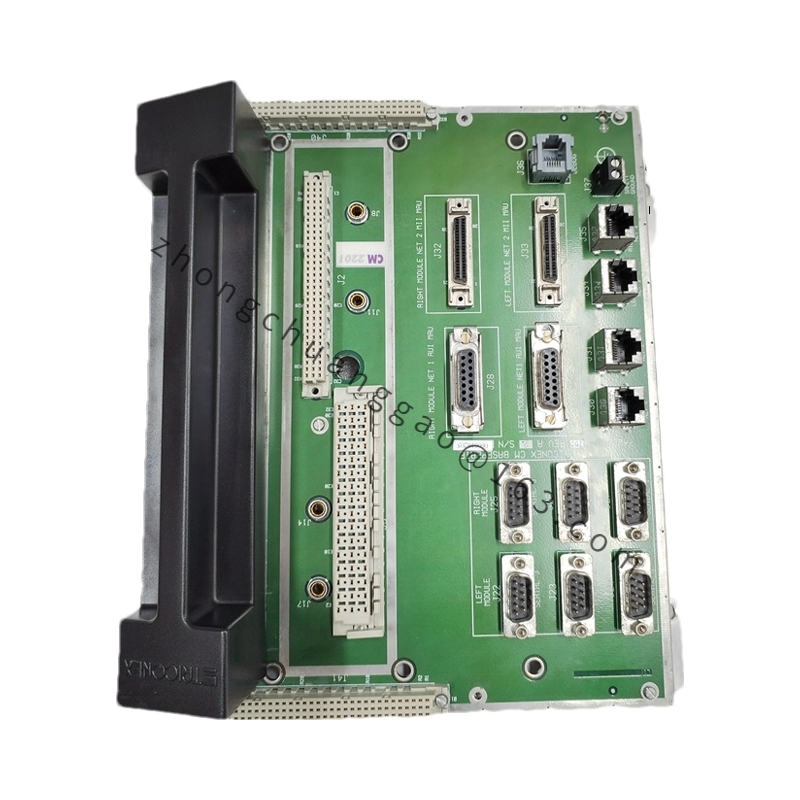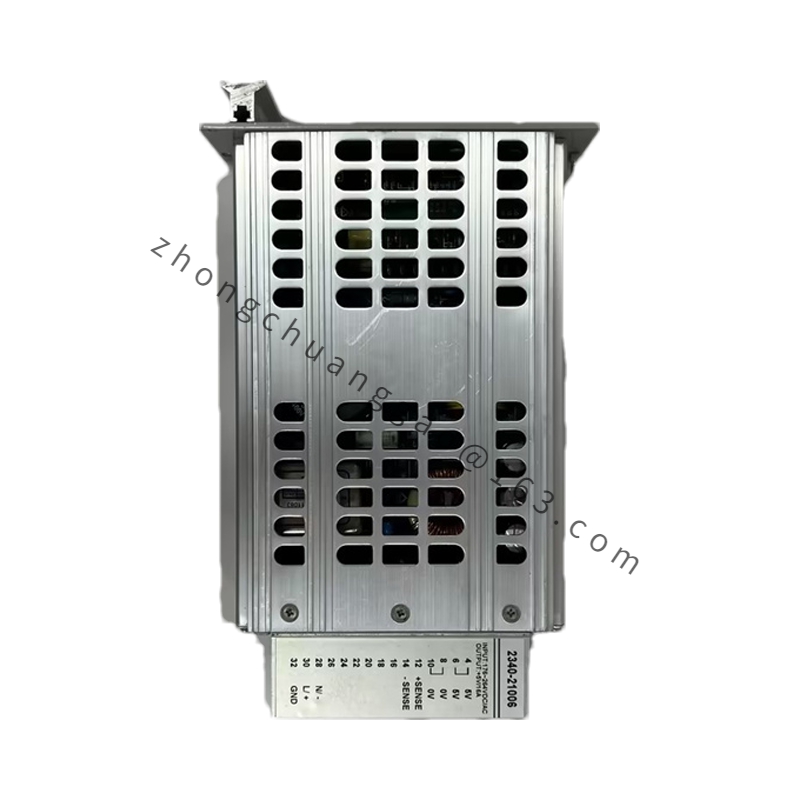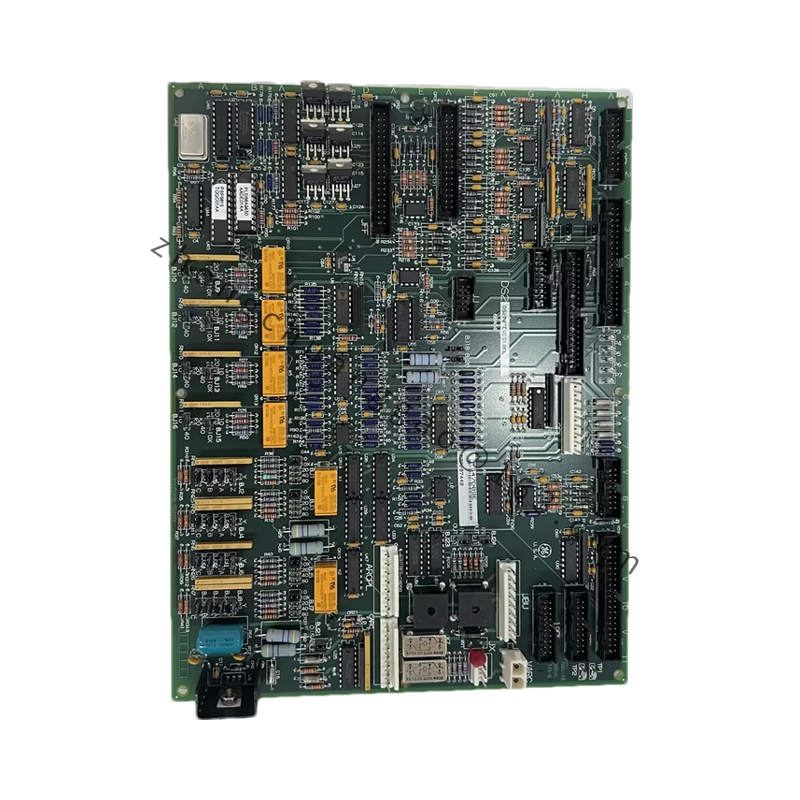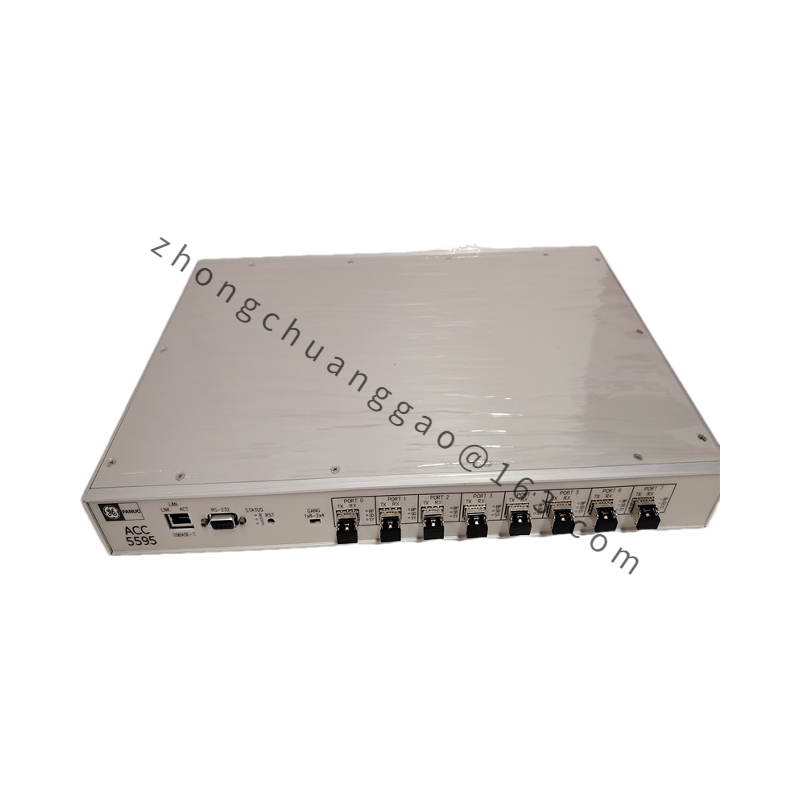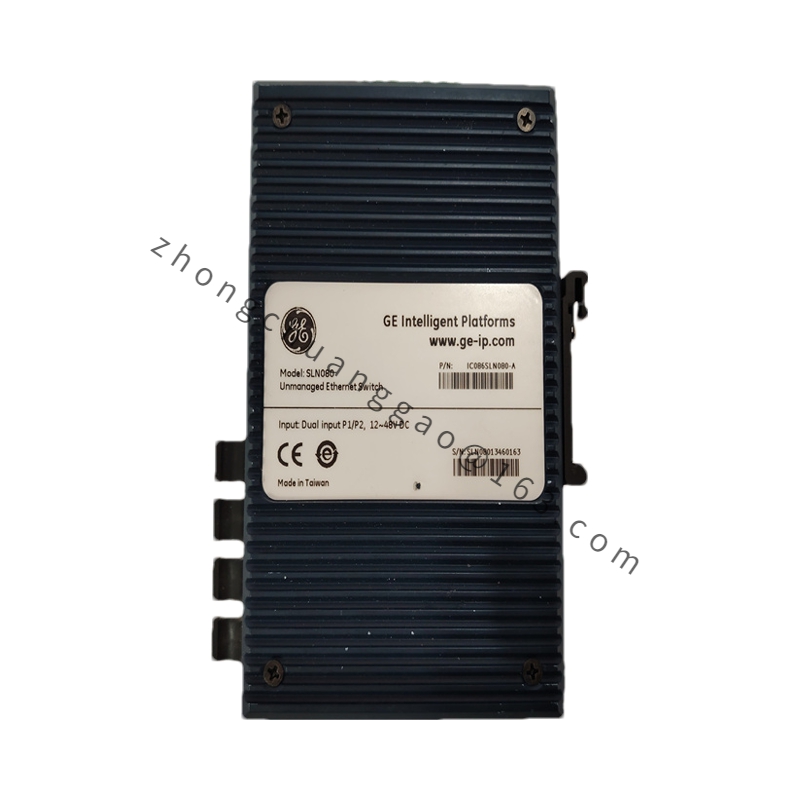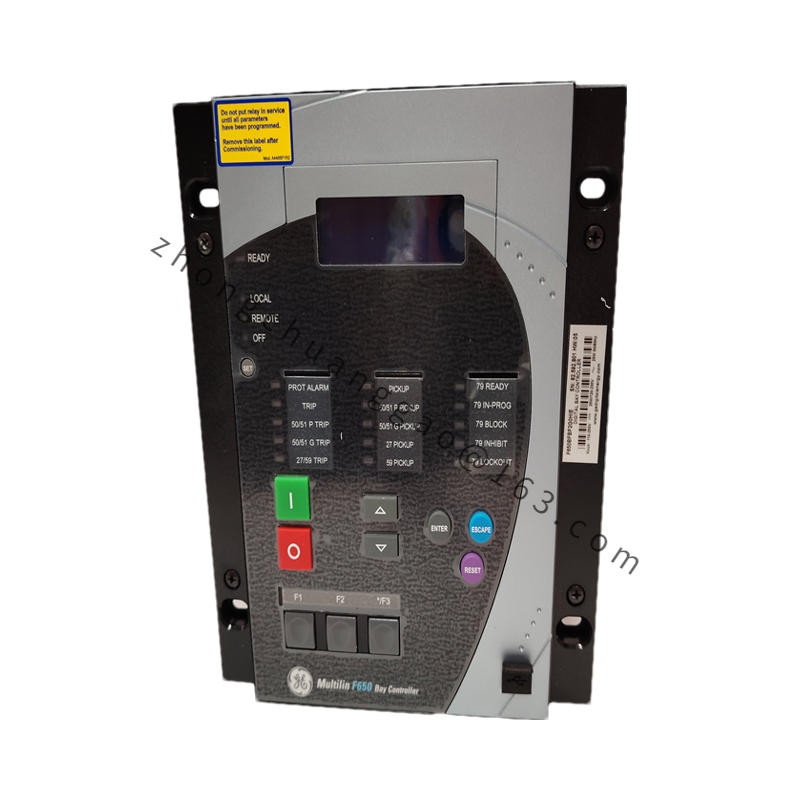Detailed content
I/O Capacity:
Discrete I/O: Up to 32 K bits
Analog I/O: Up to 32 K words
Program Blocks: Maximum of 512 program blocks, each with up to 128 KB of memory
Communication Interfaces:
Two (2) Ethernet ports (auto-sensing 10/100 Mbps, configurable for half/full duplex)
One (1) RS-232 port
One (1) RS-485 port
One (1) dedicated Ethernet port for station manager
Functional Characteristics
High Processing Power: Equipped with a 600 MHz Pentium-M processor, capable of handling complex control logic and data processing tasks.
Large Memory Capacity: Provides ample memory for storing programs and data, supporting extensive application requirements.
Advanced Communication Capabilities: Features multiple communication interfaces, enabling seamless data exchange with other devices and systems over Ethernet, RS-232, and RS-485.
Programmability: Supports various programming languages, including ladder logic, structured text, function block diagrams, and C, allowing for flexible and customizable programming.
Real-time Control: Enables real-time monitoring and control of industrial processes, ensuring high accuracy and responsiveness.
Modularity and Expandability: Designed for modular installation within the RX7i I/O racks, facilitating easy integration, maintenance, and upgrades.
Application Scenarios
Industrial Automation: Ideal for controlling and monitoring complex industrial processes such as manufacturing lines, robotic systems, and automated workstations.
Process Control: Suitable for applications in the chemical, petrochemical, food and beverage, and other process industries, where precise control and monitoring are crucial.
Power Distribution and Management: Can be used in power plants and substations for monitoring and controlling power distribution networks.
Building Automation: Integrates seamlessly into building management systems, controlling lighting, HVAC, and security systems.
Water and Wastewater Treatment: Enables efficient monitoring and control of water treatment processes, ensuring compliance with regulatory standards.


